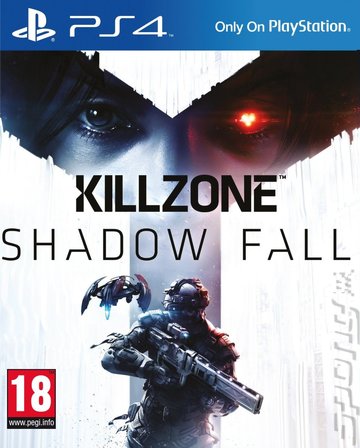Was, was, was?! Genau das fragt man sich womöglich gerade, aber im Land der unbegrenzten Möglichkeiten ist nunmal, nun ja, alles möglich.
Dort hat Sony nun einen Verfahren am Hals, dort klagt ein geschundener Spieler, dass der Multiplayer von Killzone:Shadow Fall auf der PS4 nicht die grafische Brillanz bietet, für die Sony wirbt. Es geht um schlappe 5 Mio US-Dollar.
„Sony Computer Entertainment America has been hit with a lawsuit alleging „deceptive marketing“ of Killzone: Shadow Fall because the PlayStation 4 game’s multiplayer mode does not run at the resolution advertised.
The suit, filed by California resident Douglas Ladore in Northern District California court, alleges that Sony advertised Killzone: Shadow Fall would run at native 1080p resolution but „used a technological shortcut that was supposed to provide ’subjectively similar‘ results.“
In March, Eurogamer’s Digital Foundry analyzed Shadow Fall’s graphics and reported that the PS4 game’s multiplayer component runs at 960 by 1080 resolution — as opposed to 1920 by 1080, or 1080p resolution — with a „high-quality temporal upscale.“
The lawsuit alleges that Sony advertised — through videos, its official website, social media and Killzone’s retail packaging — would offer 1080p graphics. „Unfortunately, Sony’s marketing and on-box representations turned out to be nothing more than fiction,“ the lawsuit says.
In the wake of Digital Foundry’s report, Killzone developer Guerrilla Games took to its official website to explain its technical solution for Shadow Fall’s multiplayer graphics.
„In both [single-player] and [multiplayer], Killzone: Shadow Fall outputs a full, unscaled 1080p image at up to 60 [frames per second],“ producer Poria Torkan wrote. „Native is often used to indicate images that are not scaled; it is native by that definition.
„In Multiplayer mode, however, we use a technique called ‚temporal reprojection,‘ which combines pixels and motion vectors from multiple lower-resolution frames to reconstruct a full 1080p image. If native means that every part of the pipeline is 1080p then this technique is not native.“
Torkan went on to explain how temporal reprojection works.
„When up-scaling an image from one resolution to another, new pixels are added by stretching the image in X/Y dimension,“ he said. „The values of the new pixels are picked to lie in between the current values of the pixels. This gives a bigger, but slightly blurrier picture.
„Temporal reprojection is a technique that tracks the position of pixels over time and predicts where they will be in future. These ‚history pixels‘ are combined with freshly rendered pixels to form a higher-resolution new frame.“
The lawsuit alleges that „‚temporal reprojection‘ is not the ’native 1080p‘ that Sony promised“ and that Sony has not updated its packaging and marketing to reflect the game’s actual resolution. Class allegations in the suit include negligent misrepresentation, false advertisement, unfair competition and fraud in the inducement. The amount sought in the suit exceeds $5,000,000.
The suit was filed by law firm Edelson PC, which hit Sony and publisher Electronic Arts with a class action suit in 2011. Attorneys for the firm, then known as Edelson McGuire, filed a putative nationwide class action lawsuit after Sony and EA promised a free copy of Battlefield 1943 to PS3 owners who purchased Battlefield 3, then failed to deliver the extra game.
Quelle: Polygon

Wenn ich daran denke, dass ich mehr in meinem Leben mit Videospielen zu tun hatte als nicht, zeigt es mir zum einen, wie alt ich bin und wie lange ich mittlerweile dem Gaming zugetan bin. Meine erste Konsole war das SNES und spätestens ab diesem Zeitpunkt war ich dieser Leidenschaft verfallen, die bis heute anhält. Auch wenn durch den Alltag leider die Zeiten von verspielten Tagen vorbei sind.


